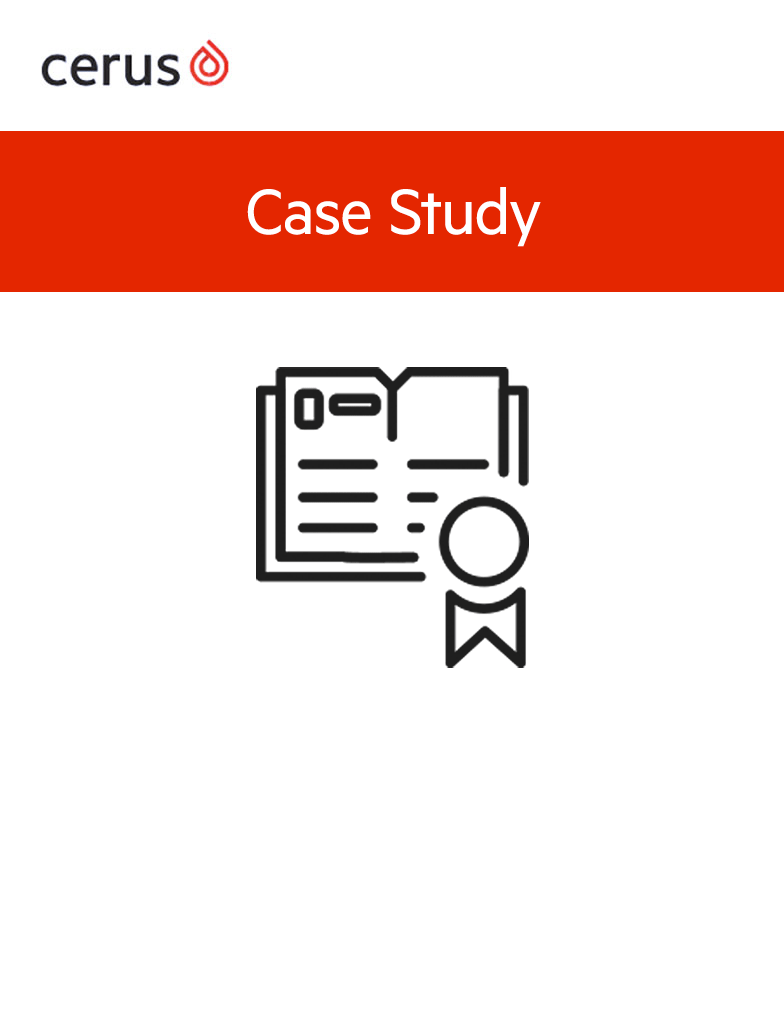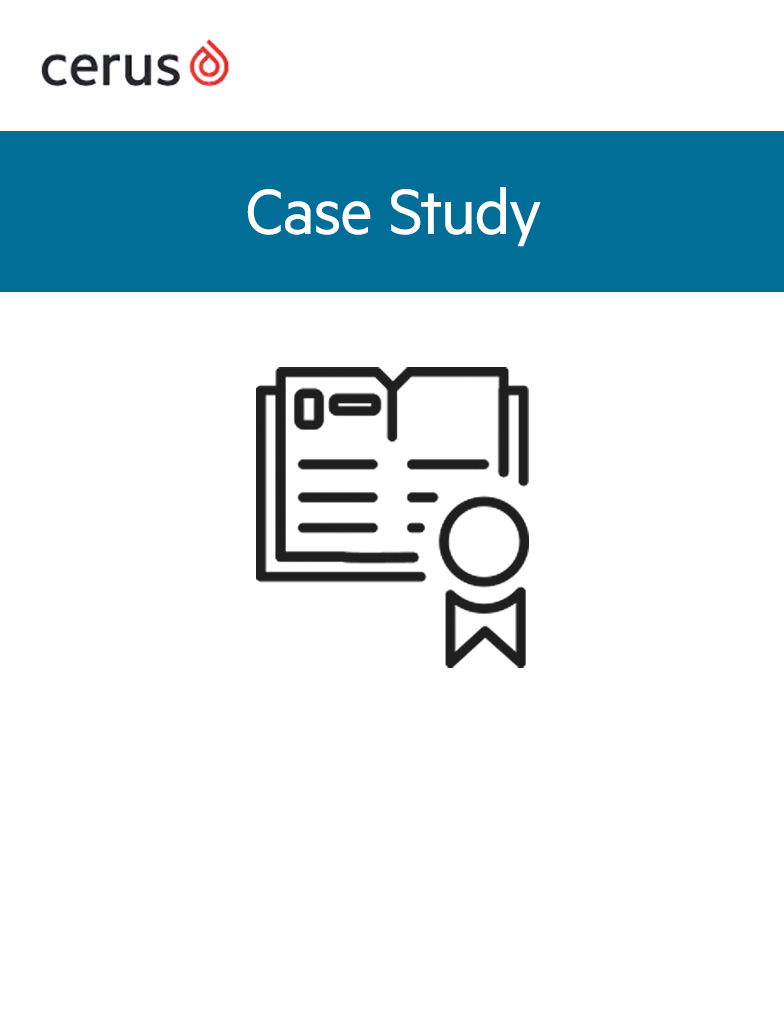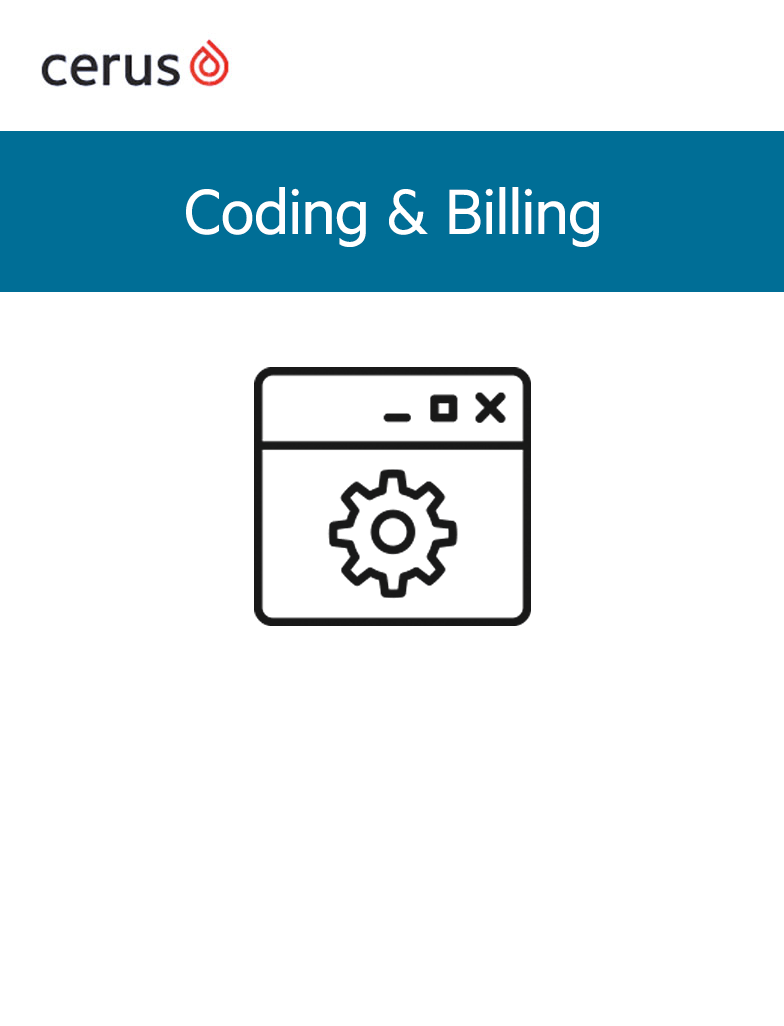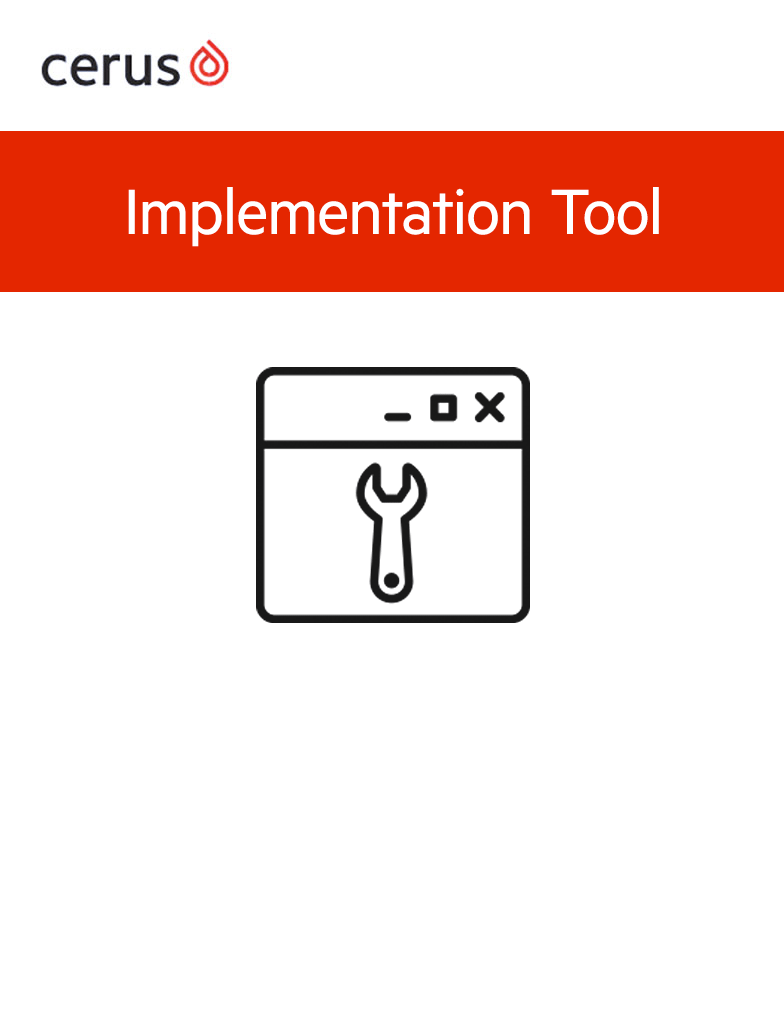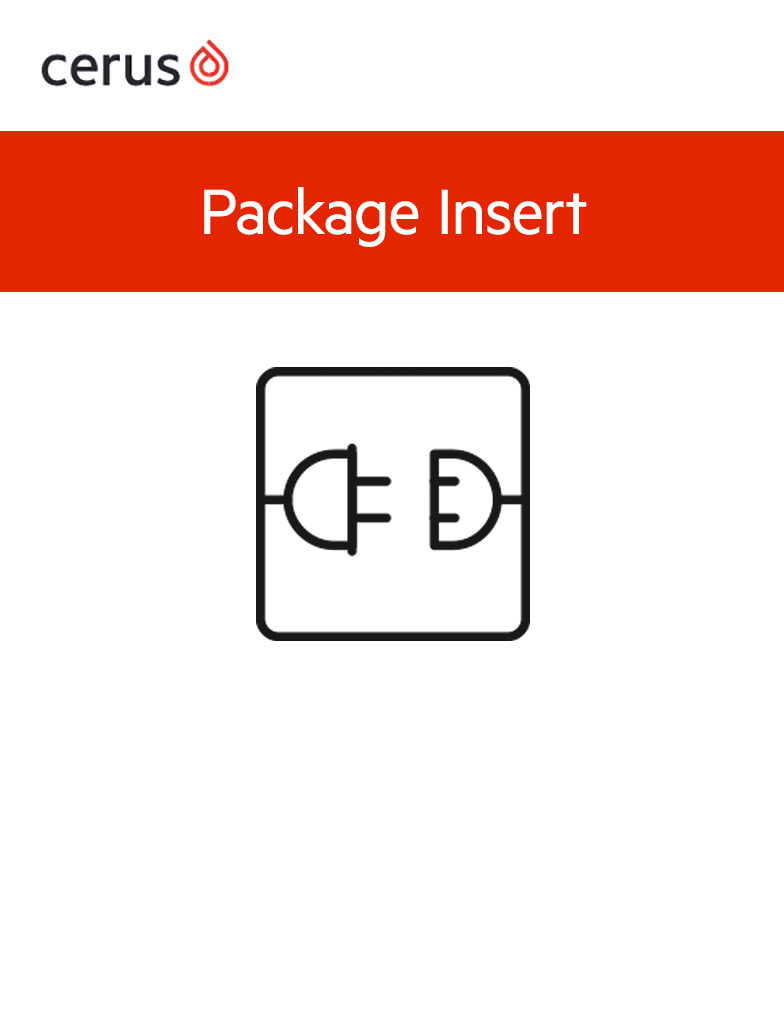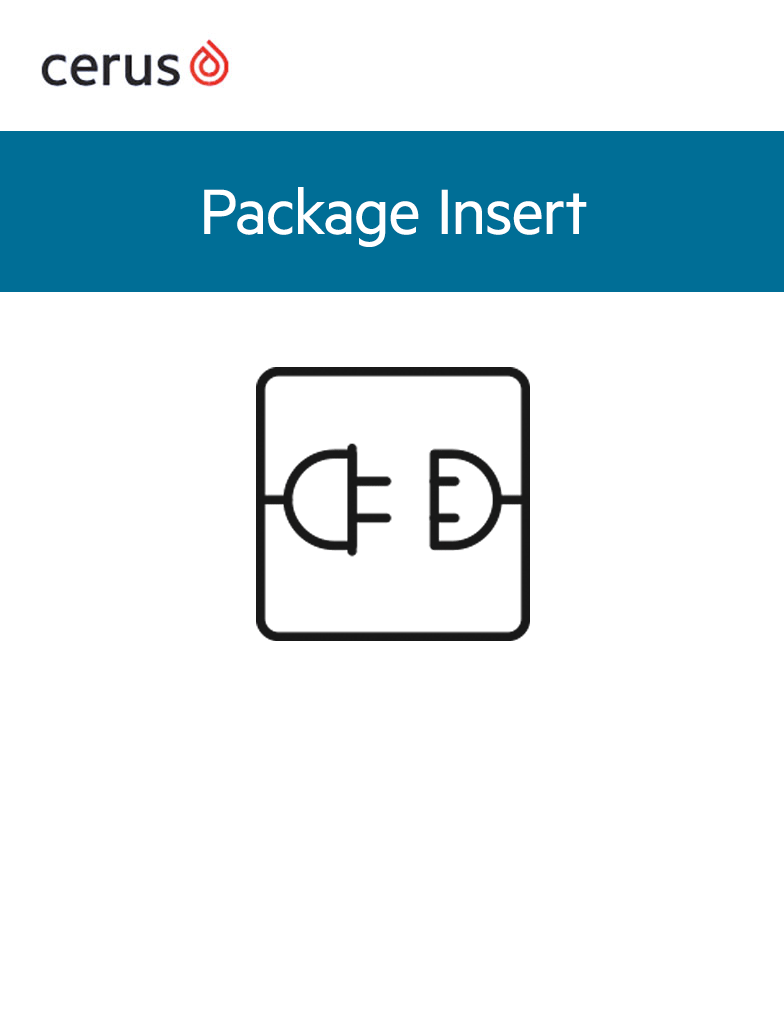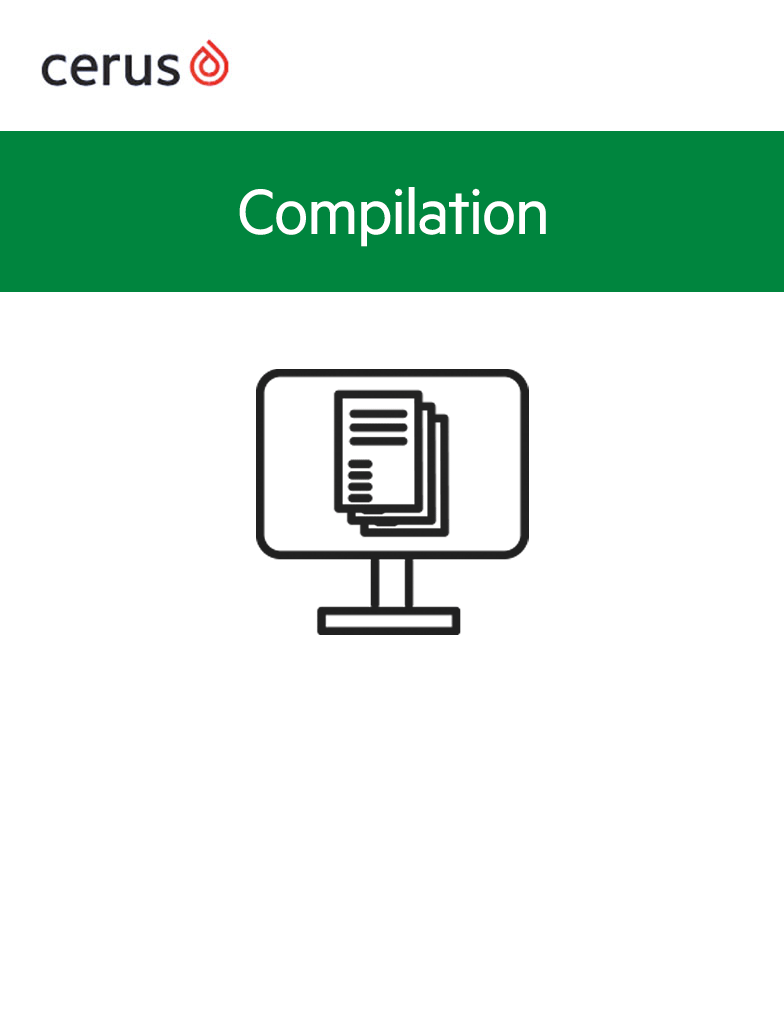This site provides INTERCEPT product information for Health Care Professionals in the United States.
INTERCEPT® Blood System for Platelets Pathogen Reduction System
INTENDED USE
The INTERCEPT Blood System for Platelets is intended to be used for ex vivo preparation of pathogen-reduced Amicus apheresis platelet components suspended in 65% PAS-3/35% plasma, and Trima apheresis platelet components suspended in 100% plasma in order to reduce the risk of transfusion-transmitted infection (TTI), including sepsis, and as an alternative to gamma irradiation for prevention of transfusion-associated graft versus host disease (TA-GVHD).
CONTRAINDICATIONS
Contraindicated for preparation of platelet components intended for patients with a history of hypersensitivity reaction to amotosalen or other psoralens.
Contraindicated for preparation of platelet components intended for neonatal patients treated with phototherapy devices that emit a peak energy wavelength less than 425 nm, or have a lower bound of the emission bandwidth <375 nm, due to the potential for erythema resulting from interaction between ultraviolet light and amotosalen.
WARNINGS AND PRECAUTIONS
Only INTERCEPT Processing Sets for platelets are approved for use in the INTERCEPT Blood System. Use only the INTERCEPT INT100 Illuminator for UVA illumination of amotosalen-treated platelet components. No other source of UVA light may be used. Please refer to the Operator’s Manual for the INT100 Illuminator. Discard any platelet components not exposed to the complete INT100 illumination process.
Tubing components and container ports of the INTERCEPT Blood System contain polyvinyl chloride (PVC). Di(2-ethylhexyl)phthalate (DEHP) is known to be released from PVC medical devices, and increased leaching can occur with extended storage or increased surface area contact. Blood components will be in contact with PVC for a brief period of time (approx. 15 minutes) during processing. The risks associated with DEHP released into the blood components must be weighed against the benefits of therapeutic transfusion.
INTERCEPT® Blood System for Cryoprecipitation for the manufacturing of Pathogen Reduced Cryoprecipitated Fibrinogen Complex
INTENDED USE
The INTERCEPT Blood System for Cryoprecipitation is intended to provide a functionally closed system for the production of Pathogen Reduced Cryoprecipitated Fibrinogen Complex.
Pathogen Reduced Cryoprecipitated Fibrinogen Complex is indicated for:
- Treatment and control of bleeding, including massive hemorrhage, associated with fibrinogen deficiency.
- Control of bleeding when recombinant and/or specific virally inactivated preparations of factor XIII or von Willebrand factor (vWF) are not available.
- Second-line therapy for von Willebrand disease (vWD).
- Control of uremic bleeding after other treatment modalities have failed.
Limitations of Use: Pathogen Reduced Cryoprecipitated Fibrinogen Complex should not be used for replacement of factor VIII.
CONTRAINDICATIONS
Contraindicated for preparation of blood components intended for patients with a history of hypersensitivity reaction to amotosalen or other psoralens.
Contraindicated for preparation of blood components intended for neonatal patients treated with phototherapy devices that emit a peak energy wavelength less than 425 nm, or have a lower bound of the emission bandwidth <375 nm, due to the potential for erythema resulting from interaction between ultraviolet light and amotosalen.
WARNINGS AND PRECAUTIONS
Only the INTERCEPT Blood System for Cryoprecipitation is approved for use to produce Pathogen Reduced Cryoprecipitated Fibrinogen Complex.
For management of patients with vWD or factor XIII deficiency, Pathogen Reduced Cryoprecipitated Fibrinogen Complex should not be used if recombinant or specific virally-inactivated factor preparations are available. In emergent situations, if recombinant or specific virally-inactivated factor preparations are not available, Pathogen Reduced Cryoprecipitated Fibrinogen Complex may be administered.



